Popular Hockey Gloves
See more Popular Hockey Gloves
Bauer Pro Series
38 Available
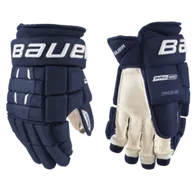
Bauer Vapor Pro Team
45 Available

Warrior Covert Pro
78 Available
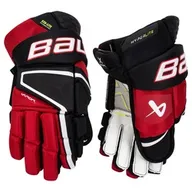
Bauer Vapor Hyperlite
84 Available

Bauer Supreme Ultrasonic
87 Available
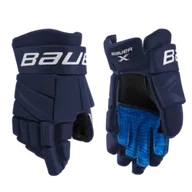
Bauer Vapor X
13 Available
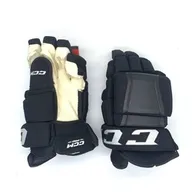
CCM HG97
158 Available
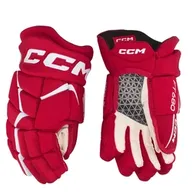
CCM JetSpeed FT1
111 Available

Bauer Supreme Mach
64 Available
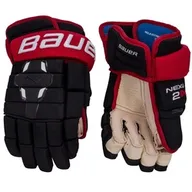
Bauer Nexus 2N
18 Available
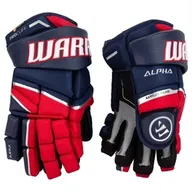
Warrior Alpha Pro
83 Available
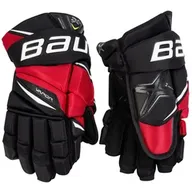
Bauer Vapor 2X Pro
66 Available
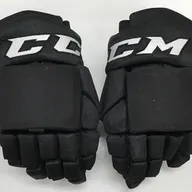
CCM HGTK
80 Available
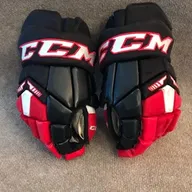
CCM HG42
21 Available
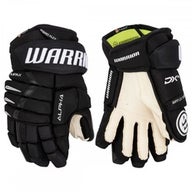
Warrior Alpha DX Pro
26 Available
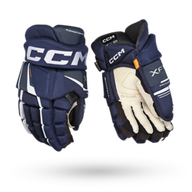
CCM HGTKPP
119 Available
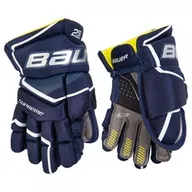
Bauer Supreme 2S Pro
41 Available
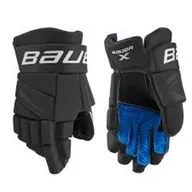
Bauer Bauer X
27 Available
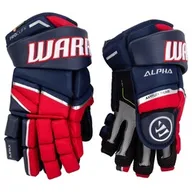
Warrior Alpha LX Pro
19 Available

Warrior AX1 Pro
19 Available

True Catalyst 9X
143 Available
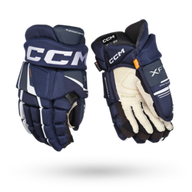
CCM Pro Model
28 Available

Warrior Alpha
31 Available

Warrior Franchise
22 Available
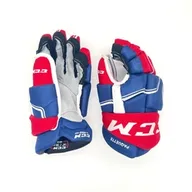
CCM HGQL
52 Available
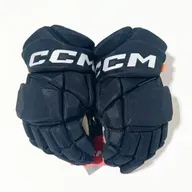
CCM HGPJSPP
80 Available
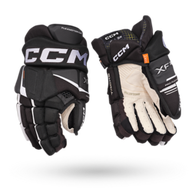
CCM HG12
73 Available
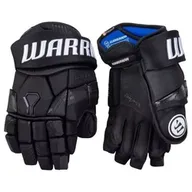
Warrior Covert QRE
46 Available

CCM JetSpeed FT4
10 Available

Bauer Vapor 1X Pro Lite
25 Available
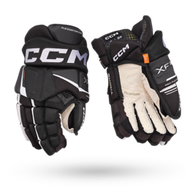
CCM HGPJS
35 Available
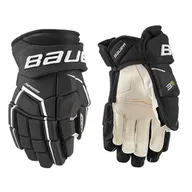
Bauer Supreme 3S
16 Available

CCM HGCL
19 Available
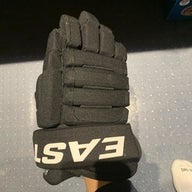
Easton Pro 4 Roll
14 Available
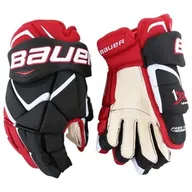
Bauer Vapor 1X Pro
23 Available

CCM HGJSCHLPP
15 Available
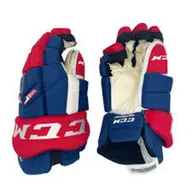
CCM HGTKXP
30 Available
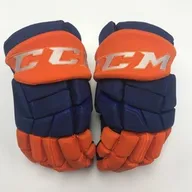
CCM HGQLXP
20 Available

CCM HG42PP
7 Available
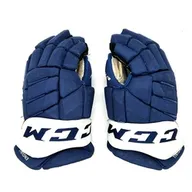
CCM HGJS
8 Available

CCM HG 4R Pro
8 Available

Sher-Wood Rekker Element 1
6 Available

Sher-Wood BPM 120
4 Available
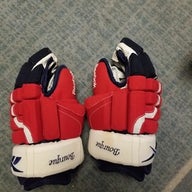
Reebok 4-Roll pro
6 Available

CCM 4R Lite
6 Available
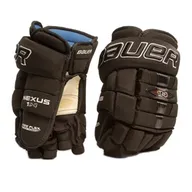
Bauer Nexus 1N
6 Available
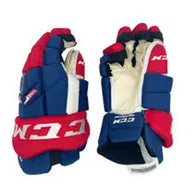
Warrior QRE Pro
9 Available

CCM HG4RPP
21 Available
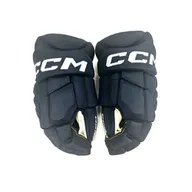
CCM HGJSCHL
5 Available

CCM HGP14
3 Available
1,135 Results

LF89

LOC_24
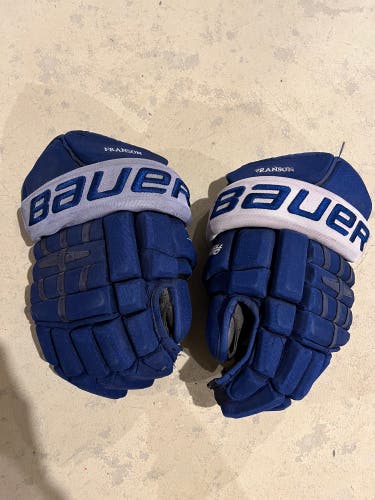
Sicktoeshot
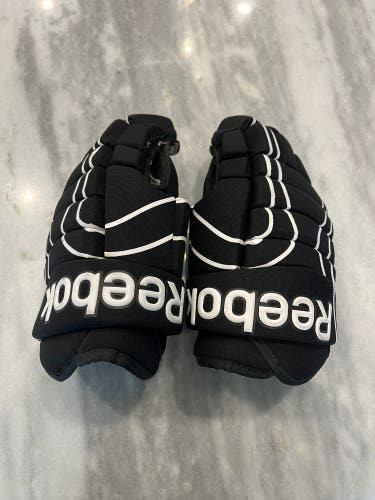
Kalebmel
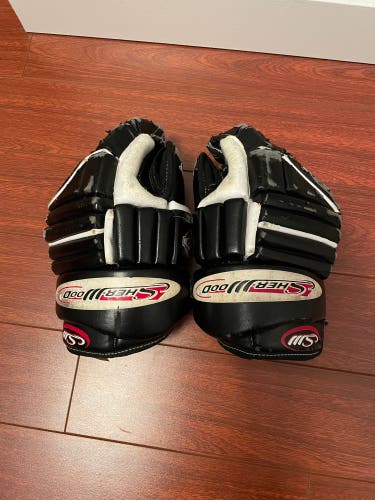
Samyoyo

Polarbear07
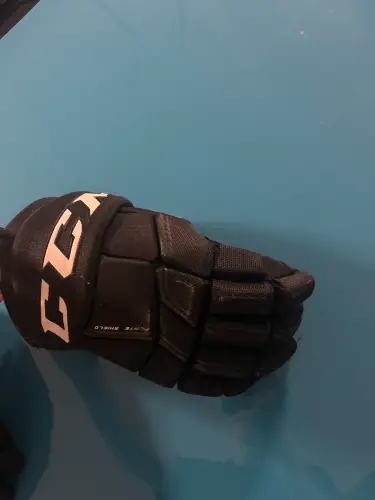
MMox09

ianwallace29
Warrior 12" (Used) Alpha Gloves
$26$3115%


printplug808
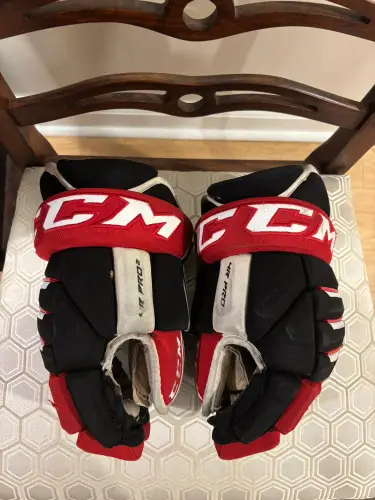
JH_97

chrisxdudo
Used Navy Bauer CUFFS ONLY
$40$4511%


Ry17

dpoe19

Kmknell

Shvub11
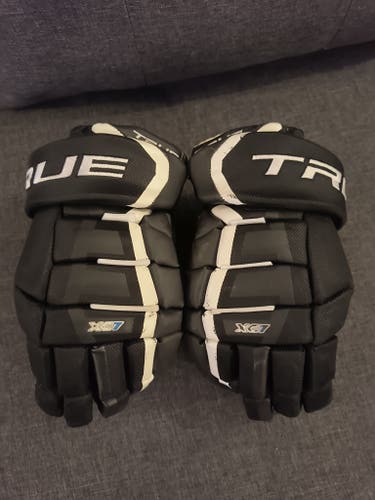
Danzzo88
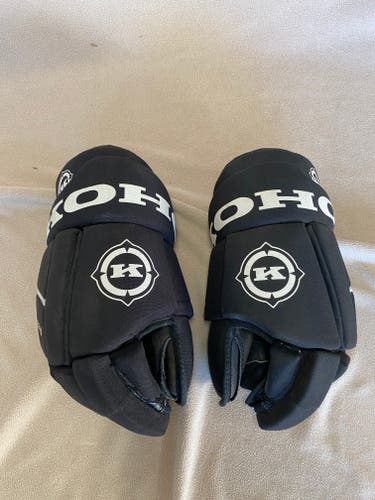
Runandrew1

Cormier25jets

pghuebs

domdickson41

Chris3464

kjaehne

dolphins9778
Barclay goodrow game used warrior covert hockey gloves Gloves 15" Pro Stock (Used)
$279
Retail price: $499
Anthonyyu
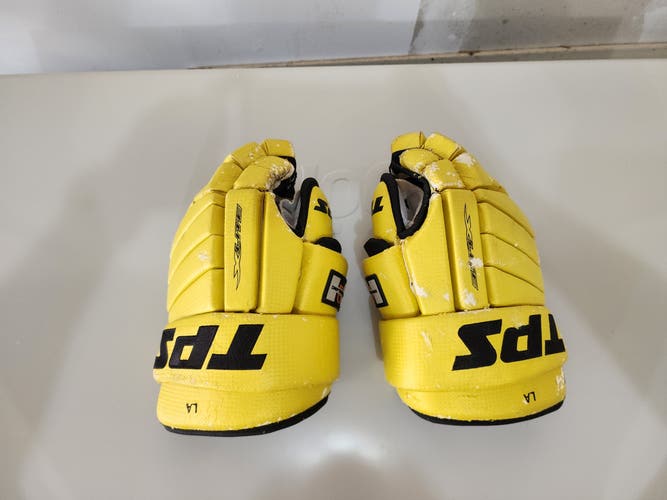
Tmurph84
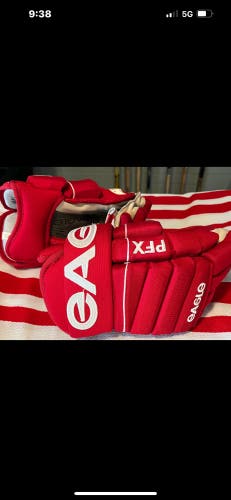
Seanmulv87
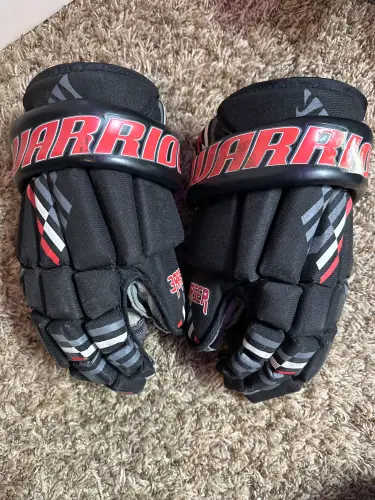
Jmarvin
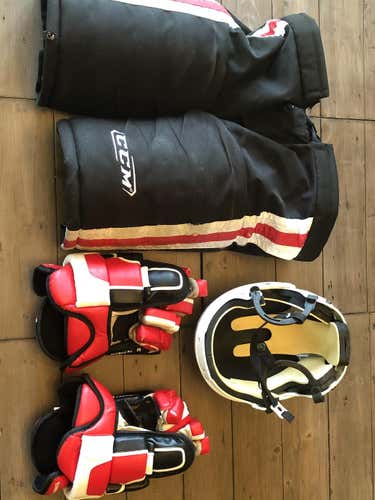
jfkasper

Jrdsgn

Dan63hardy
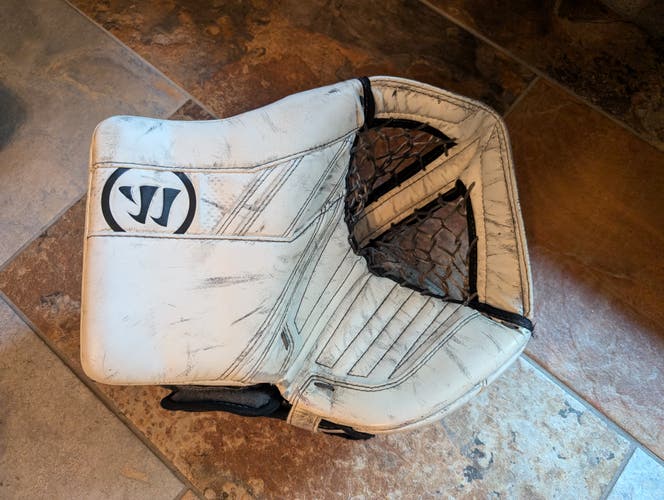
dimwater
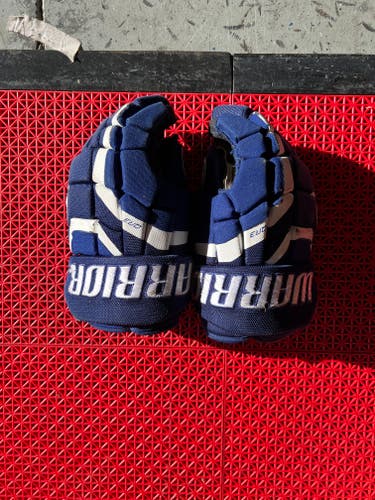
ajpitm